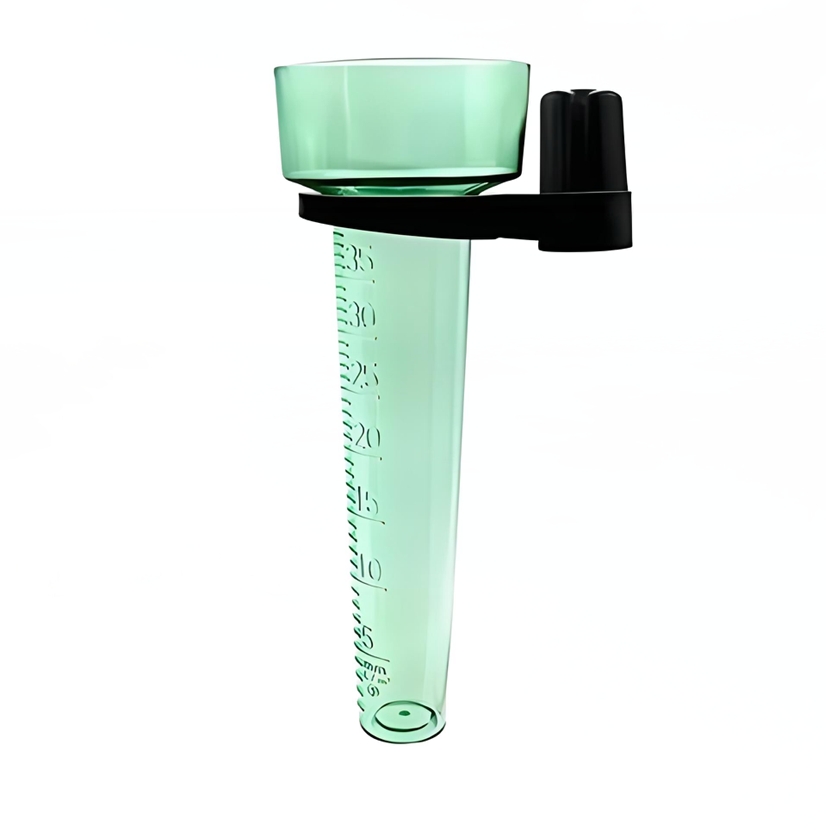How to Pick the Right Rain Gauge for Reliable Rainfall Monitoring
How to Pick the Right Rain Gauge for Reliable Rainfall Monitoring
Blog Article
Unveiling the Scientific Research Behind Rain Assesses: Just How These Tools Play a Crucial Duty in Environment Research and Environmental Tracking
Rain determines, relatively basic gadgets, hold a profound significance in the world of environment research and environmental tracking. As we peel back the layers of this clinical veil surrounding rain gauges, we uncover a globe where accuracy, information accuracy, and precise observation merge to introduce a much deeper understanding of our transforming environment and its effect on the planet.
Importance of Rain Scales
Rainfall assesses play a crucial function in tracking and measuring precipitation degrees, supplying necessary data for climate research and analysis. These devices are basic in measuring the amount of rainfall that occurs in a details area over a particular period. By measuring and gathering rainwater, rain gauges deal important understandings into the circulation and intensity of rainfall, aiding meteorologists, hydrologists, and climatologists in recognizing weather condition patterns and trends.
Additionally, long-term data gathered from rain assesses aids in analyzing climate change impacts and patterns, adding substantially to scientific research and decision-making processes. In significance, rainfall determines serve as important tools in the field of weather forecasting and ecological science, playing a crucial role in advancing our understanding of weather and environment characteristics.
Kinds Of Rainfall Scales

Capability and Procedure
In the realm of climate research study and meteorological researches, the efficiency of rain gauges lies in their elaborate functionality and precise functional systems. Rain gauges are created to accurately gauge the amount of precipitation that tips over a specific location during a set duration. These devices typically contain a channel that collects rain and channels it into a gauging tube. The determining tube is marked with adjusted measurements that permit for the specific quantification of rains.
The capability of rain assesses is based upon the principle of collecting and gauging rain in a standardized manner. This collected information is essential for recognizing regional climate patterns, tracking long-term environment trends, and examining ecological impacts. To guarantee accurate measurements, rainfall determines demand to be strategically positioned in open locations away from obstructions such as structures or trees that can disrupt the collection process.
The functional element of rainfall determines involves regular maintenance to avoid particles accumulation, calibration checks to maintain dimension precision, and information recording for evaluation (rain gauge). Generally, the capability and operation of rain gauges are vital for have a peek here gathering reliable rainfall information essential to environment research study and ecological monitoring
Role in Environment Research Study
Given the vital significance of exact rainfall measurements in comprehending weather condition patterns and environmental influences, the duty of rain evaluates in climate research is crucial. Rain evaluates supply crucial data other for environment research by evaluating the quantity of precipitation that tips over a particular location during a provided duration. This data is critical for keeping an eye on long-lasting trends in precipitation patterns, analyzing the impact of climate change on rains distribution, and improving climate models.

Environment researchers make use of information collected from rain determines to assess variants in rainfall degrees, recognize local climate trends, and evaluate the efficiency of water resource management techniques. By comparing historic rainfall data with existing dimensions, researchers can detect shifts in precipitation patterns, such as adjustments in the frequency or strength of rains occasions. This details is essential for understanding exactly how environment change is influencing precipitation characteristics and can help policymakers make educated decisions relating to adaptation and mitigation methods.
Applications in Ecological Monitoring

In flooding projecting, rain gauge information assists to track rains strength and circulation, permitting authorities to issue prompt cautions and take essential actions to alleviate flood dangers (rain gauge). Dry spell tracking relies upon rainfall check my blog scale information to evaluate dampness levels in the dirt and track precipitation deficiencies, assisting in the recognition of drought-prone locations and the implementation of dry spell reaction strategies
In addition, rainfall gauge data plays an essential role in water source management by offering info on water schedule and use fads. Furthermore, in farming, rain scale information helps farmers in optimizing irrigation routines, plant option, and general ranch management techniques based on neighborhood precipitation patterns.
Verdict
Finally, rainfall determines are essential tools for determining precipitation, giving important data for climate research study and environmental surveillance. With different kinds and performances, rain determines play a vital function in comprehending precipitation patterns and their effect on the setting. By accurately gauging rains, these tools contribute to the development of clinical expertise and aid in making educated decisions pertaining to water resource administration and calamity readiness.
Rain evaluates play an indispensable role in surveillance and measuring precipitation degrees, offering vital information for climate study and analysis. The common rain scale, recognized as the "tipping bucket" gauge, is one of the most generally used gadgets. Ultrasonic rain gauges use noise waves to identify the presence of rainfall, giving real-time data on rainfall degrees.Climate scientists utilize data accumulated from rain determines to analyze variations in rainfall levels, identify regional environment fads, and assess the performance of water resource monitoring approaches.In verdict, rainfall determines are vital devices for gauging rainfall, supplying valuable data for environment research and ecological surveillance.
Report this page